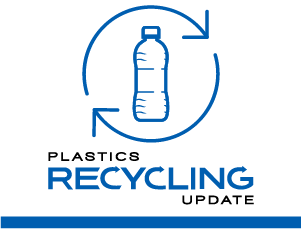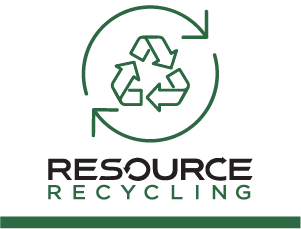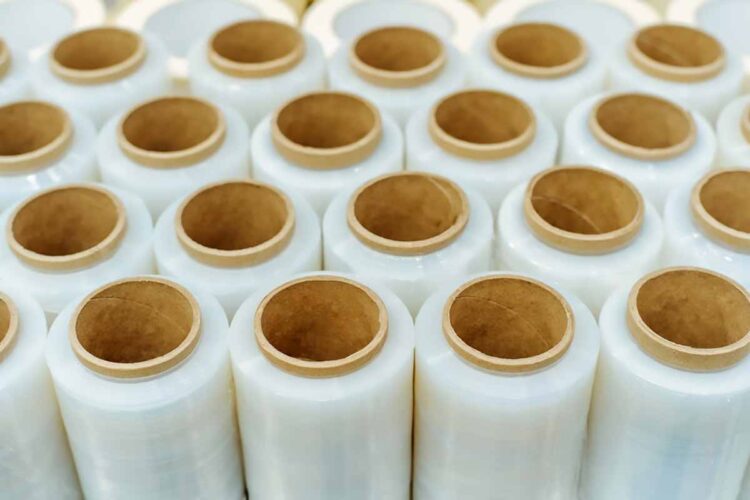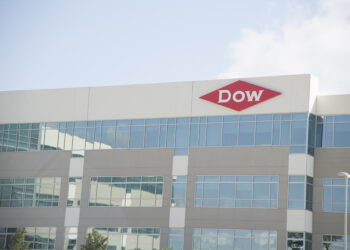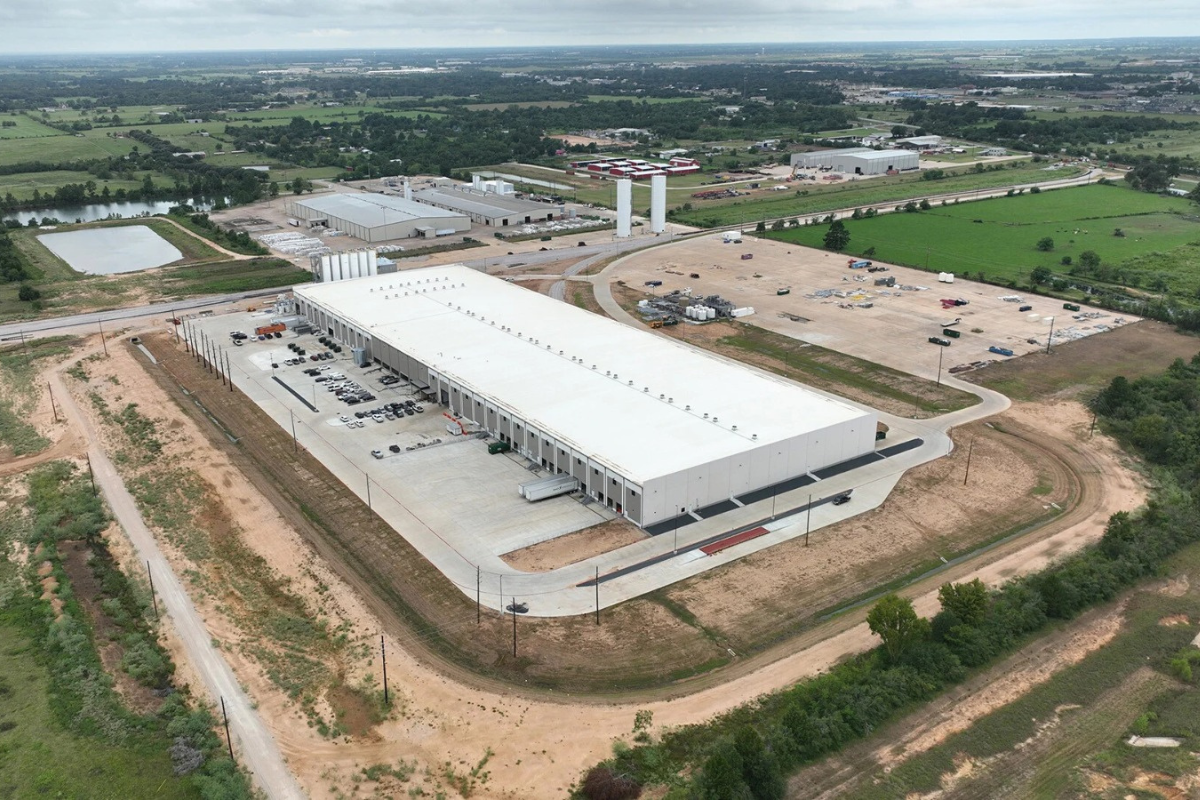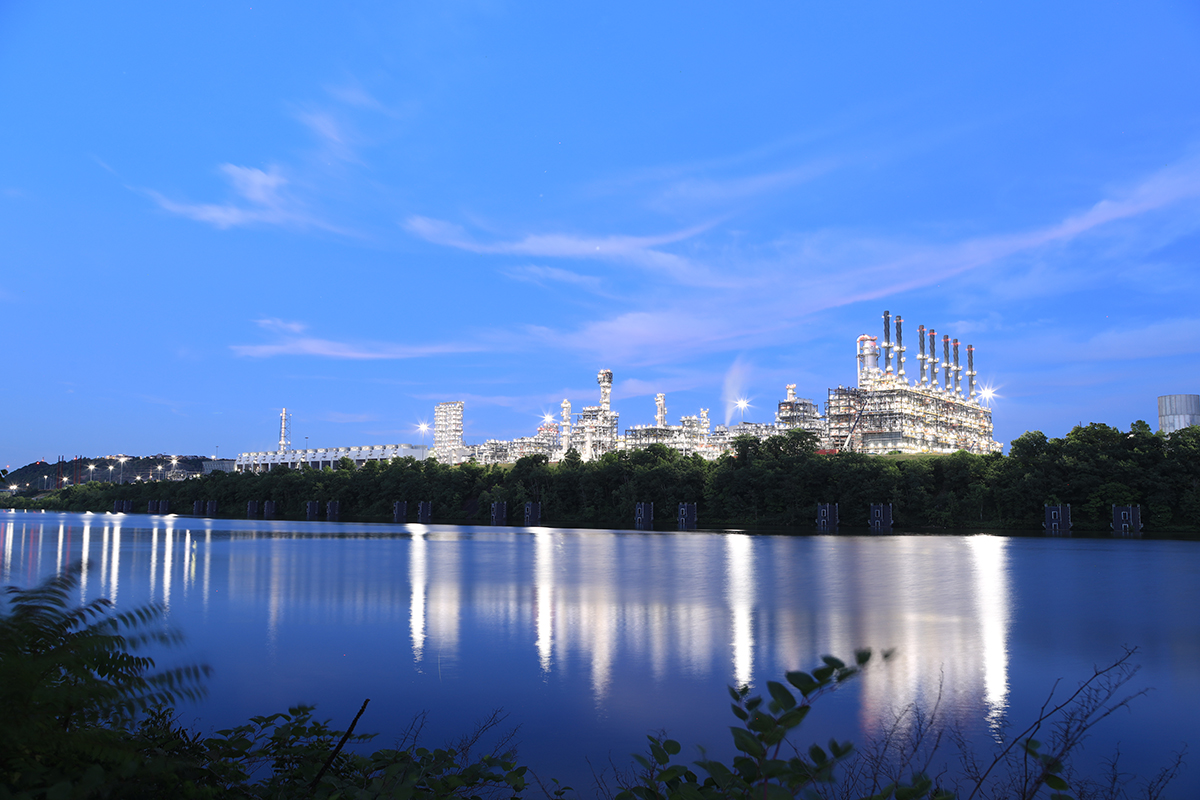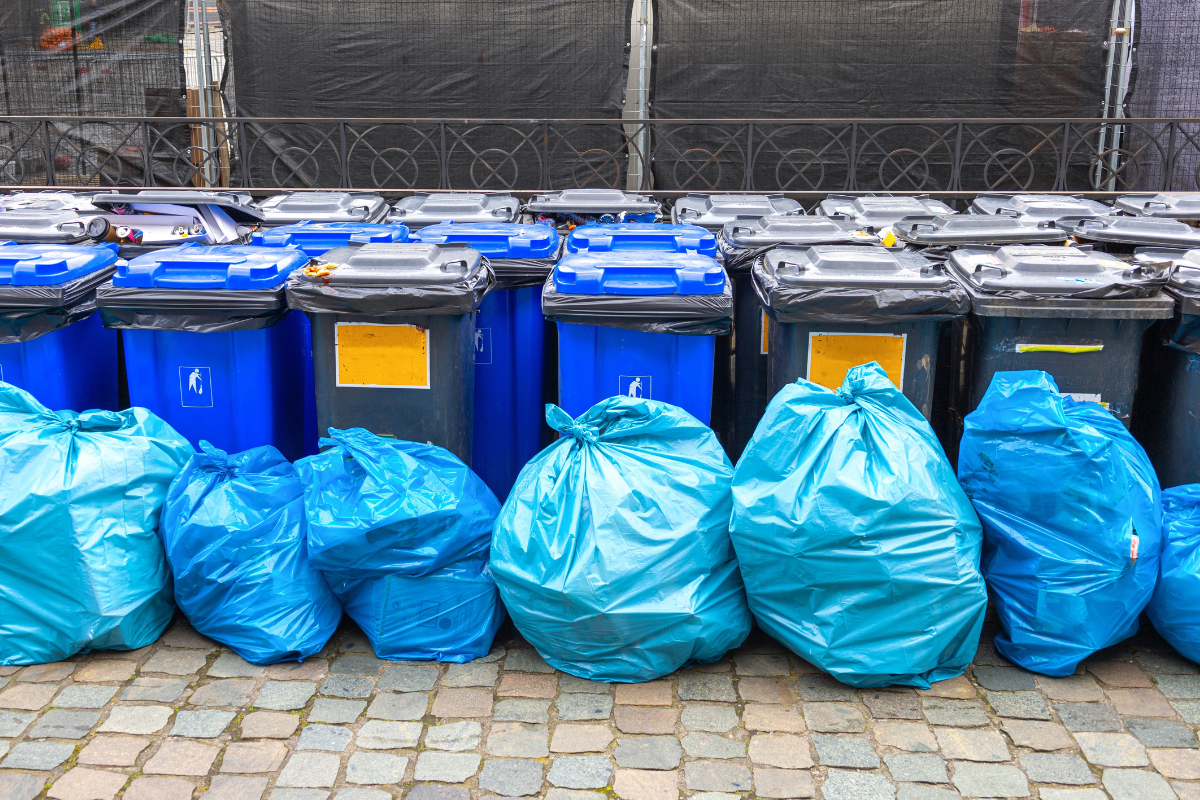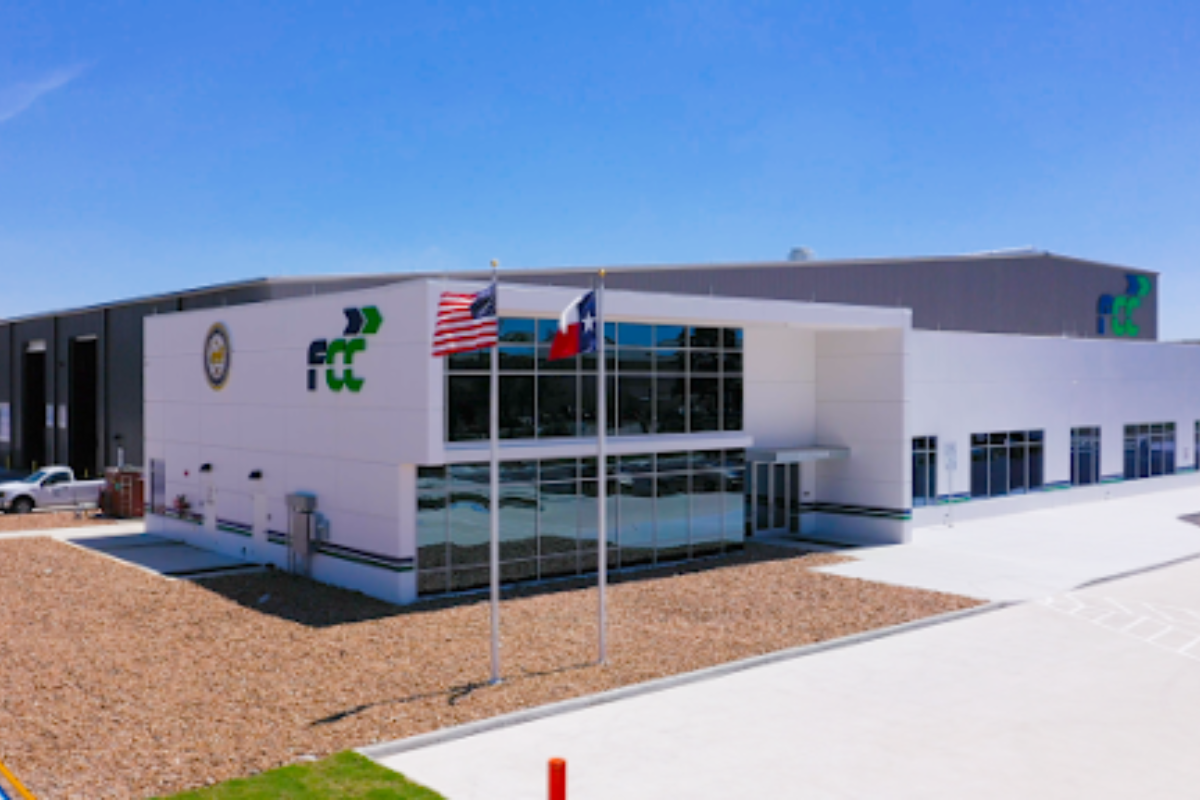Editor’s note: Some industry sources for this story were granted anonymity due to the sensitive nature of market relationships.
Key takeaways
- Bale pricing resists supply/demand fundamentals
- Cheap virgin resin proliferates while demand stumbles
- Adoption of recycled content delayed amid uncertainty
Two weeks after the closure of WM’s plastic film recycling operations, market players have been left to process what the development means for the overall industry.
Drawing from nearly two decades working in the recycling industry, one North American recycler said, “I don’t think times have been as difficult as in the past two years.”
Amid persistently stable pricing for feedstock film bales, and rising costs for labor, energy and logistics – all of which influence pricing for recycled LDPE and LLDPE pellet – the economics of recycling simply do not work, the industry veteran said. The most pronounced issue is with A-grade film bales, consisting of 95-99% clear material, most often in the form of clear pallet wrap from retailers.
“Pricing isn’t where it should be, and the spread between the recycled resin sales price and the raw materials just doesn’t cover the production cost anymore,” the source said, adding that widely available cheap domestic virgin resin exacerbates the problem.
Film bale pricing tends to remain stable, resisting the dramatic fortunes of other post-consumer materials. For example, PET and HDPE color bales recently reached historic lows.
Pricing for A-grade bales – consisting of 95-99% clear LDPE and/or LLDPE film – was supported in 2025 by domestic capacity coming online, said Chris Goger, senior director of recycling at broker Blackbridge. Prices have stayed within a narrow range of about 18-19 cents/lb since June 2024 for A-grade bales, according to historic data from RecyclingMarkets.Net.
With the departure of a major player in a relatively small sector, more bales have been available, several sources said, though prices have yet to reflect the additional supply. However, all market sources surveyed agreed that buyers are becoming more selective of the bales they will accept – if they are buying at all – and lead times are lengthening.
Ted Kaiser, president of Dock 7 Materials Group, said that although obvious price changes have yet to emerge, “I sense that it’s going to be coming.”
A broker on the East Coast said some domestic buyers have put in place allocations, while export demand continues for the time being, particularly into South and Southeast Asia. “I think we’re going to see how sloppy it’s going to get,” the source said of the film bales market.
The industry veteran said, “I don’t think they’re the last ones to go out of business,” noting that all recyclers, but particularly those involved in film recycling, are struggling.
Kaiser added that he expected that film generated from WM’s collection efforts would enter the market eventually. WM did not respond to a request for comment on the status of its film collection efforts.
Developing sector is ‘highly cost-sensitive’
The high-profile closures of Natura PCR as well as Myplas in 2024 and PreZero in 2022 have thinned the field of stakeholders, which include GDB International and Canadian PE producer Nova Chemicals, along with recycler and plastic decking company Trex and specialty films producer Charter Next Generation.
Operated by Novolex, Nova’s new mechanical recycling plant in Connersville, Indiana, has an input capacity of about 110 million pounds (about 50,000 metric tons) of LDPE and LLDPE, requiring about 130 million to 140 million pounds of feedstock, accounting for contamination. All four lines are now operational, with the final line commissioned in late October, Alan Schrob, director of mechanical recycling for Nova, told Plastics Recycling Update. Nova’s partner Novolex operates the plant.
A portion of the feedstock material comes from within a 250-300 mile radius that provides the most favorable logistical situation in both trucking cost and lead time, Schrob said. However, that “doesn’t preclude us from having this embedded material from other parts of the country as well. So we’re having to do that too, but we try to minimize that as much as we can.”
About a third of the material for the plant is contracted directly, Schrob said, adding that he expects that share to rise as the facility ramps up. Of course, having contracted volumes provides supply security as well as contributing to longer and better relationships with suppliers, he said. “So the more material that is contracted, the more ability we’re able to have that security and to influence that that material ultimately will go back into the products that those same generators are using within their facilities.”
Regardless of whether the feedstock supply comes directly from retailers or from brokers, Nova pays “market price,” Schrob said, and the East Coast broker confirmed this was the case. “But this business, in this sort of developing phase, is highly cost sensitive,” especially against the backdrop of cheap virgin resin, Schrob said.
Virgin resin capacity keeps growing
With huge new plants continuing to come online, cheap North American virgin PE has been the chief roadblock for recyclers for the past three years. The price disparity between virgin and recycled PE – both HDPE and LDPE/LLDPE – has stymied adoption of recycled material, as brand owners opt for better profit margins and back away from voluntary PCR targets.
“The virgin prices are just weighing on everything,” Kaiser said, while acknowledging that other factors also discourage use of recycled resin, also called repro. “Why does anyone want to buy repro when virgin is so cheap?”
Schrob speculated that “trough conditions” for virgin PE would continue into the near future. “I think it could be a year, if not a little bit longer, before we start to see that market dynamic change.” For Nova specifically, its established position as a virgin PE producer is a tailwind, he said. The company has leveraged this experience to inform the Connersville design and scale, as well as in application and product development, he said.
However, buyers still remain, whether in domestic or export markets, but pricing is key, Kaiser said.
“There’s some demand there, maybe a little better than a couple weeks ago, but it’s still a bit sluggish.” He noted that demand from Pakistan for A-grade film had increased, and at “fairly decent” prices. However, the relatively high pricing for A-grade bales makes export opportunities less workable.
What’s next?
“This industry doesn’t work based on simple supply and demand. It needs regulation,” the industry veteran said, noting that voluntary targets have proven ineffective. “If recyclers don’t have supply agreements in place, price stability for raw materials, purchase orders, and consistency, loyalty, it’s very difficult to make the business work.”
One avenue is legislation, but even so, “you can’t grow an EPR system if you don’t have the economics right,” the industry veteran said.
As the patchwork of EPR policy develops in both the US and in Canada, related uncertainty both contributes to delays in adopting recycled content as well as provides a measure of hope to the industry, Schrob said.
“There’s no question” that the recycling industry is in crisis, Schrob said. But in his view, the uncertain market conditions feel short term, and the key to a healthy recycling industry is making sure recyclers are financially able to play a part.
“It takes the whole value chain, from the brands and retailers that are collecting the material to having to incorporate that material back into their finished products, to governments and EPR approaches to ensure that that happens.”



